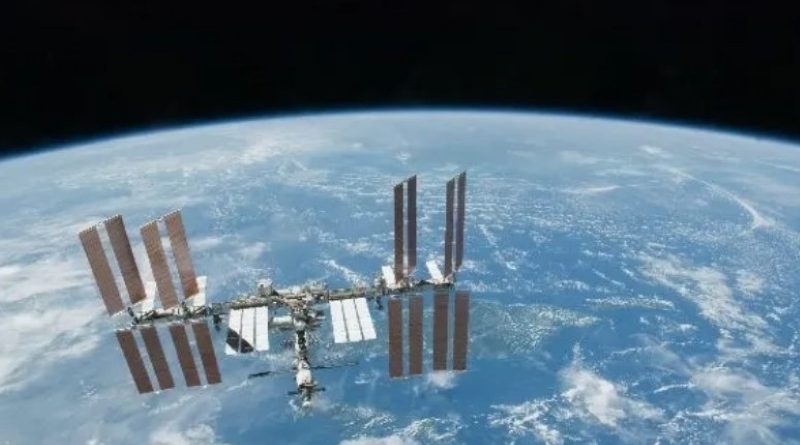US-Russia tensions take orbit
By Tara Sonenshine, Professor of Practice of Public Diplomacy at the Fletcher School of Law and Diplomacy at Tufts University
Imagine a five-bedroom house in space about the size of a football field, end-zone to end-zone. Leaving aside gravity, the house would weigh about 1 million pounds on Earth. If listed on Airbnb, it would be able to sleep six people and a few visitors.
Welcome to the International Space Station (ISS), where human beings of all races, genders, religions and nationalities cooperate in an orbital laboratory to explore what is possible for human life in space.
Until now the ISS remained a peaceful arena even between Russians and Americans, despite international disputes far below on the ground. But with the announcement last week from Moscow that Russia will end its involvement in the International Space Station after 2024, politics have now permeated the outer edges of our galaxy.
What does it mean when conflicts begin to take orbit?
First, it means that major human issues that require limitless imagination may not get addressed. The first module of the International Space Station was launched in 1998, and astronauts from Japan, Europe, Russia, the U.S. and Canada shared talents and skills, ignoring tensions on Earth for the benefit of humanity. They studied weightlessness in space, the impact of radiation on human health and other vital issues. Those issues can be pursued by nations, individually, but it is often with collaboration that innovation is achieved.
The second implication of conflict spreading to outer space is that it reminds us that human relationships do not exist in a vacuum. Although the astronauts and cosmonauts floated freely above the world, events on the ground invaded their peaceful bubbles. On July 4, U.S. Independence Day, politics seeped into space when the Russian cosmonauts on the space station sent photographs of themselves holding flags associated with parts of Ukraine from the Donbas region that Moscow claims. NASA was none too pleased.
Conflicts never stop at the water’s edge. Think of American basketball player Brittany Griner and U.S. businessman Paul Whelan. They have little to do with the invasion of Ukraine or NATO sanctions. But they are caught up in the wider Russia-NATO-Ukraine fight — political pawns whose value goes up and down like the stock market based on diplomacy and prisoner swaps outside their control.
Conflicts often spiral out of control. A potential U.S.-Russia prisoner deal might now include Mark Fogel, an American teacher who worked with the U.S. Embassy in Moscow. He was sentenced to 14 years in prison last month, convicted of bringing cannabis into Russia.
And the Russians have added a new name to their side of the list: Vadim Krasikov, jailed in Germany for murder. Where does it end?
Think back: In 1962, President Kennedy spoke to 40,000 cheering Americans at Rice University, promising to land a man on the moon by the end of the decade. We were over the moon about it.
Five years earlier, the Soviets had launched Sputnik 1, the first artificial satellite, into Earth’s orbit, inaugurating a space race between the countries. That was followed by an arms race and a Cold War that would permeate every aspect of international relations on the ground and in space, from culture to politics. There was “détente,” and then there wasn’t.
Now, here we are in a post post-Cold War period of renewed tensions between America and Russia, and it has engulfed Europe, and even China, India and other countries whose foreign policies are now calibrated with Ukraine in mind.
That five-bedroom International Space Station is no longer a safe space to retreat to avoid conflict, nor is almost any part of Earth below. As 17th century English poet John Donne wrote, “No man (or woman, I add) is an island, entire of itself.”
This piece is republished from The Hill.

